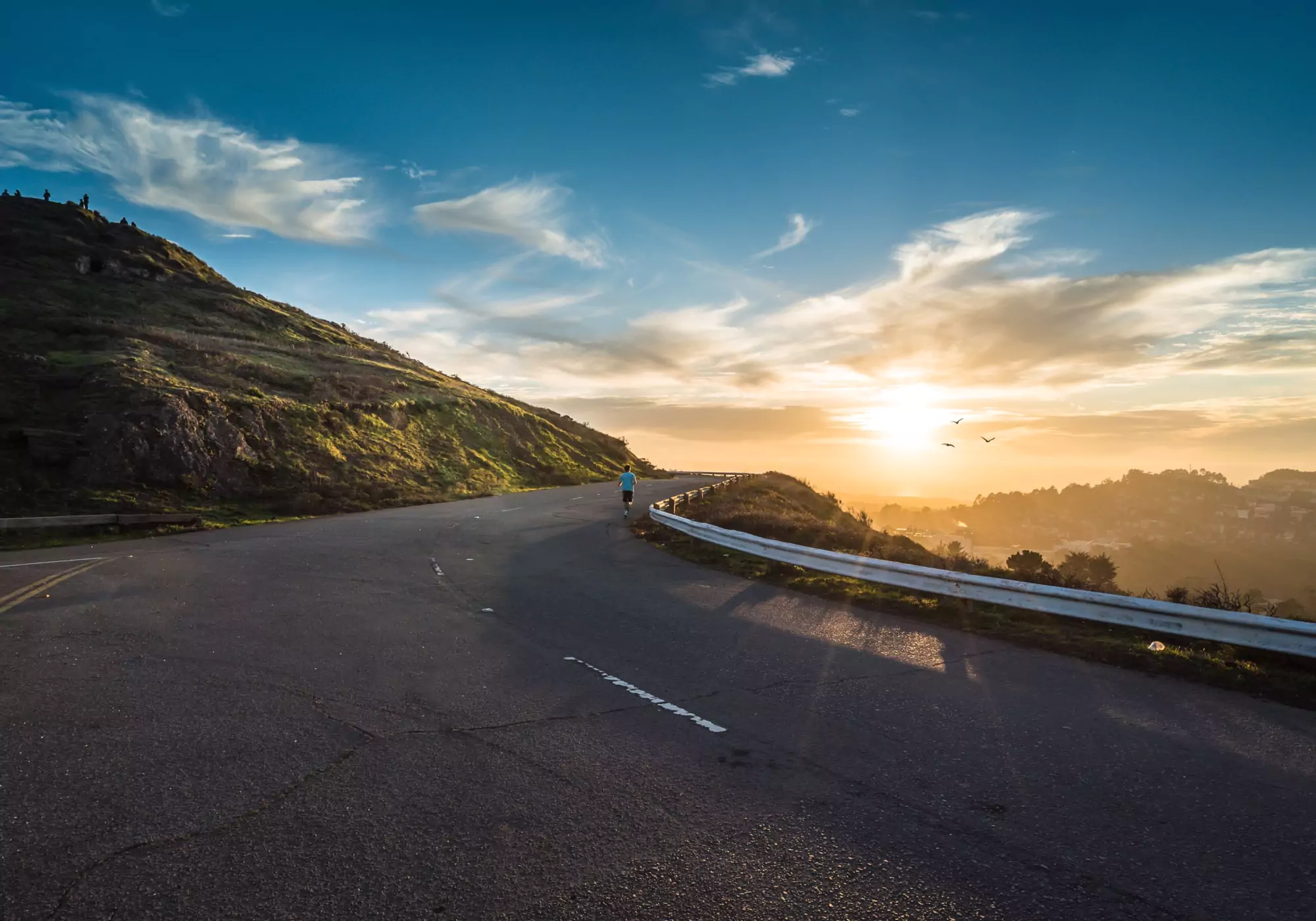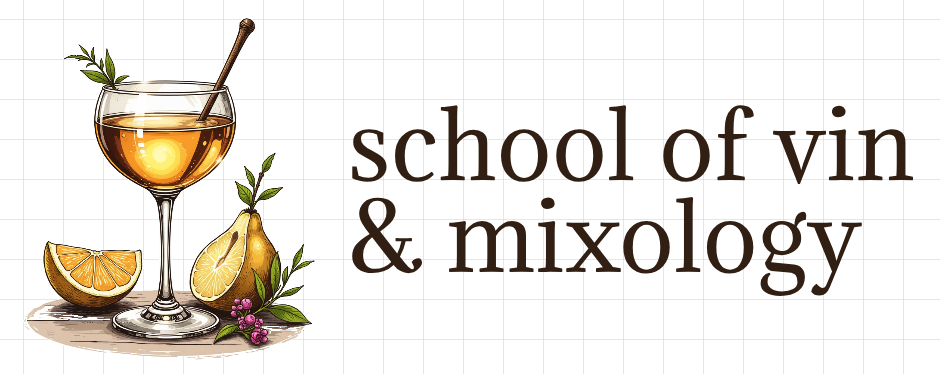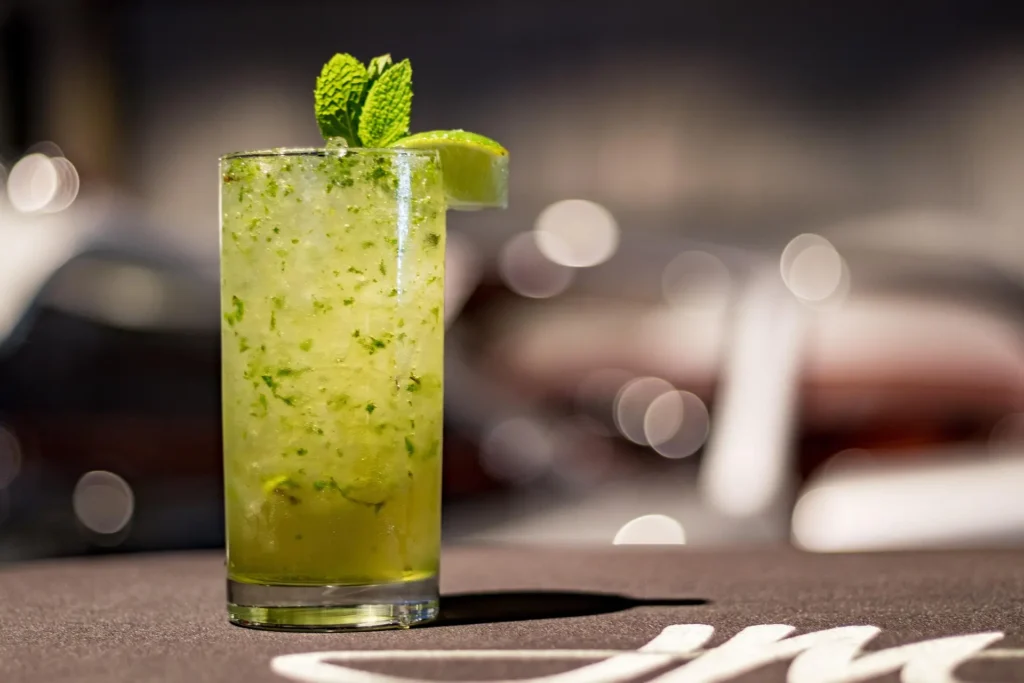Introduction
Bartending is more than just mixing drinks; it is an art form that has evolved over centuries. From ancient civilizations to modern mixology, bartending techniques and cocktail recipes have continuously adapted to new cultures, ingredients, and innovations. Whether you’re an aspiring bartender or simply a cocktail enthusiast, understanding the history of bartending provides a deeper appreciation for the craft.

Ancient Origins: The Birth of Alcoholic Beverages
The origins of bartending can be traced back to the earliest civilizations. Historical records show that as far back as 3000 BCE, the Sumerians in Mesopotamia brewed beer, and the Egyptians produced wine. These beverages were often consumed in communal settings, with tavern owners serving drinks to travelers and locals.
In Ancient Rome and Greece, taverns and inns became central gathering places for socializing and discussing politics. Bartenders, known as innkeepers, were responsible for serving wine and ale while ensuring a welcoming environment. Though cocktail recipes as we know them today did not exist, mixing herbs, honey, and spices into drinks was a common practice to enhance flavor.
The Rise of Bartending in the Middle Ages and Renaissance
During the Middle Ages, alcoholic beverages played a crucial role in daily life, as they were often safer to drink than water. Mead, ale, and herbal-infused spirits became popular, and skilled bartenders—or rather, innkeepers and alchemists—began experimenting with distillation. By the 16th century, distilled spirits such as whiskey, gin, and brandy were being produced across Europe.
As trade routes expanded, new ingredients like sugar, citrus, and exotic spices became more accessible. These additions led to more complex flavors and early versions of cocktail recipes. By the late Renaissance, bartenders were recognized for their ability to craft unique drinks using local and imported ingredients.
The Birth of the Modern Cocktail (18th – 19th Century)
The term “cocktail” first appeared in print in 1806, defined as a mix of spirits, sugar, water, and bitters. This period saw the emergence of bartending as a respected profession, particularly in America, where saloons and bars flourished.
One of the most influential figures in bartending history was Jerry Thomas, known as the “father of American mixology.” In 1862, he published The Bartender’s Guide, which included some of the earliest recorded cocktail recipes and bartending techniques. His creativity, showmanship, and use of tools like the Boston shaker revolutionized bartending.
The Prohibition Era and the Evolution of Bartending (1920s – 1930s)
In the United States, the Prohibition Era (1920-1933) forced bartenders underground, leading to the rise of speakeasies—hidden bars where cocktails were secretly served. Due to the poor quality of bootlegged alcohol, bartenders had to refine their mixology skills, masking harsh flavors with syrups, citrus, and bitters.
Many American bartenders fled to Europe, particularly to London and Paris, where they introduced innovative cocktail recipes. Legendary bartenders like Harry Craddock of the Savoy Hotel published influential cocktail books, helping to solidify bartending techniques that are still used today.
The Golden Age of Cocktails (1940s – 1970s)
Following World War II, cocktail culture thrived. The 1950s and 1960s saw the rise of tropical Tiki cocktails, popularized by bartenders like Don the Beachcomber and Trader Vic. Drinks such as the Mai Tai and Zombie became iconic.
At the same time, classic cocktails like the Martini, Manhattan, and Old Fashioned remained staples in high-end bars. Bartenders began to perfect their craft, using fresh ingredients and refining bartending techniques to deliver consistently well-balanced drinks.
The Craft Cocktail Renaissance (1990s – Present)
The late 20th and early 21st centuries marked a renewed appreciation for high-quality cocktails and skilled bartending. Inspired by historical recipes and modern innovations, bartenders began focusing on:
- Fresh, high-quality ingredients instead of artificial mixers
- Classic bartending techniques, including precise shaking, stirring, and muddling
- Creative, signature cocktails that push the boundaries of flavor and presentation
Today, bartending is recognized as a true profession, with bartenders competing in global mixology competitions and earning international acclaim. The rise of cocktail bars, speakeasies, and craft distilleries continues to push the industry forward.
Conclusion
From ancient taverns to modern mixology bars, bartending has evolved into a refined craft, blending tradition with innovation. Whether you’re learning bartending techniques or experimenting with cocktail recipes, understanding its rich history enhances your appreciation for this dynamic profession.
So, next time you sip on a perfectly crafted cocktail, remember the centuries of expertise and creativity that brought it to life. Cheers! 🍸
These early advanced outlines laid the basis for the pixel craftsmanship aesthetics seen in retro diversions.


